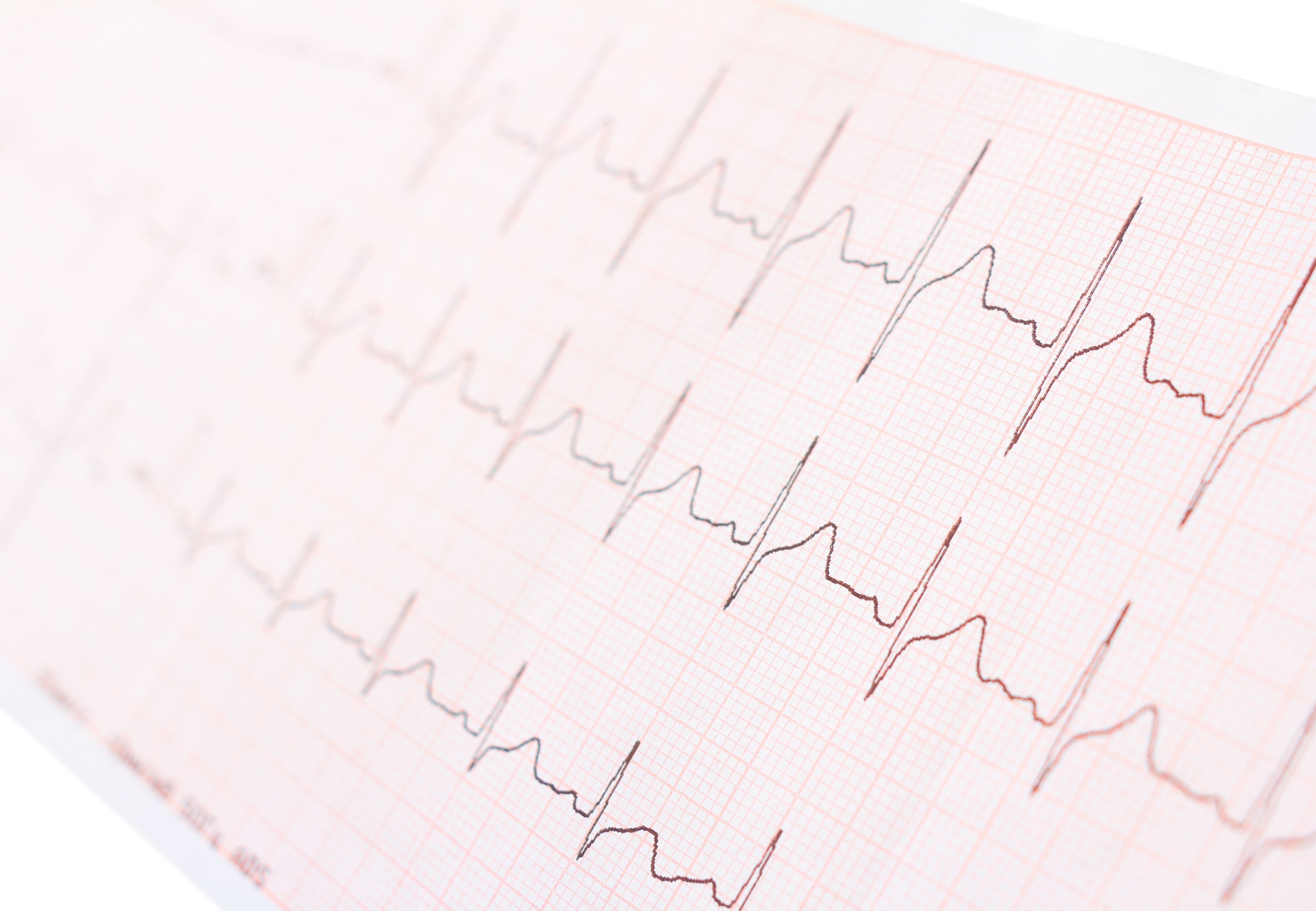Article
Watchman Implant Procedures Carry Greater Adverse Event Risk in Women, Analysis Finds
Author(s):
An analysis of the NCDR LAAO Registry suggests women had longer hospital stays and a greater risk of adverse events following implant of the Watchman device than their male counterparts.

A new study of nearly 50,000 patients with atrial fibrillation (AF) who underwent left atrial appendage occlusion (LAAO) has returned concerning results related to sex-based differences in patient outcomes.
With popularity of the procedure continuing to increase as a result of clinical trial data, results of the National Cardiovascular Data Registry (NCDR) LAAO Registry analysis suggests female patients undergoing LAAO with the Watchman device had longer hospital stays and a significantly higher risk of adverse events after the procedure compared to their male counterparts.
“In the largest, contemporary registry of patients undergoing LAAO implant, to our knowledge, women were more likely than men to experience in-hospital adverse outcomes after multivariable adjustment, including a 2-fold higher risk of major adverse events,” wrote investigators. “Further research is needed to identify the reasons for sex-based differences in outcomes and the strategies to reduce the risk of adverse events among women with AF receiving the Watchman implant.”
Published less than 3 months after LAAOS III made headlines at ACC.21, the current study was led by clinicians from UC San Diego and sought to fill an apparent knowledge gap created by underrepresentation of women in clinical trials of LAAO. With this in mind, investigators designed their study to assess differences in incidence of aborted or canceled procedure, major adverse event, any adverse event, prolonged hospital stay longer than 1 day, and death among male and female patients who underwent LAAO with the Watchman device from January 1, 2016-June 30, 2019.
Using the NCDR LAAO Registry, investigators obtained information related to 52,260 patients who underwent Watchman procedures at 597 US hospitals. After exclusion of those with missing data and who underwent procedures with non-Watchman devices, investigates identified a cohort of 49,357 patients for inclusion in their analyses.
This cohort had a mean age of 76.1 (SD, 8.0) years and included 20,388 (41.3%) women and 28,969 (58.7%) men. Compared to men undergoing LAAO, women were older and had a greater prevalence of paroxysmal atrial fibrillation, prior stroke, and uncontrolled hypertension, but a lower prevalence of congestive heart failure, diabetes, and coronary artery disease.
In multivariable adjusted models, results suggested there were no differences in aborted or canceled procedures among women and men included in the analysis (3.0% vs 2.9%; OR, 1.01 [95% CI, 0.90-1.13]). Further analysis indicated women were more likely than their male counterparts to experience any adverse event ([6.3% vs 3.9%; P <.001]; OR, 1.63 [95% CI, 1.49-1.77], P <.001) or a major adverse event ([4.1% vs 2.0%; P <.001]; OR, 2.06 [95% CI, 1.82-2.34], P <.001). Investigators noted this was driven by pericardial effusion requiring drainage (1.2% vs 0.5%) or major bleeding (1.7% vs 0.8%).
Additionally, results suggested women were more likely than their male counterparts to experience a hospital stay lasting longer than 1 day ([16.0% vs 11.6%; P <.001]; aOR, 1.46 [95% CI, 1.38-1.54], P <.001) or death (aOR, 2.01; 95% CI, 1.31-3.09; P <.001) . However, investigators noted incidence of death was rare and absolute differences between the groups were minimal (0.3% vs 0.1%; P <.001).
“We must continue to advocate for increased participation of women in clinical trials to better inform clinical decision-making and adequately delineate sex-based safety and efficacy outcomes,” investigators wrote.
This study, “Sex Differences in Procedural Outcomes Among Patients Undergoing Left Atrial Appendage Occlusion,” was published in JAMA Cardiology.





